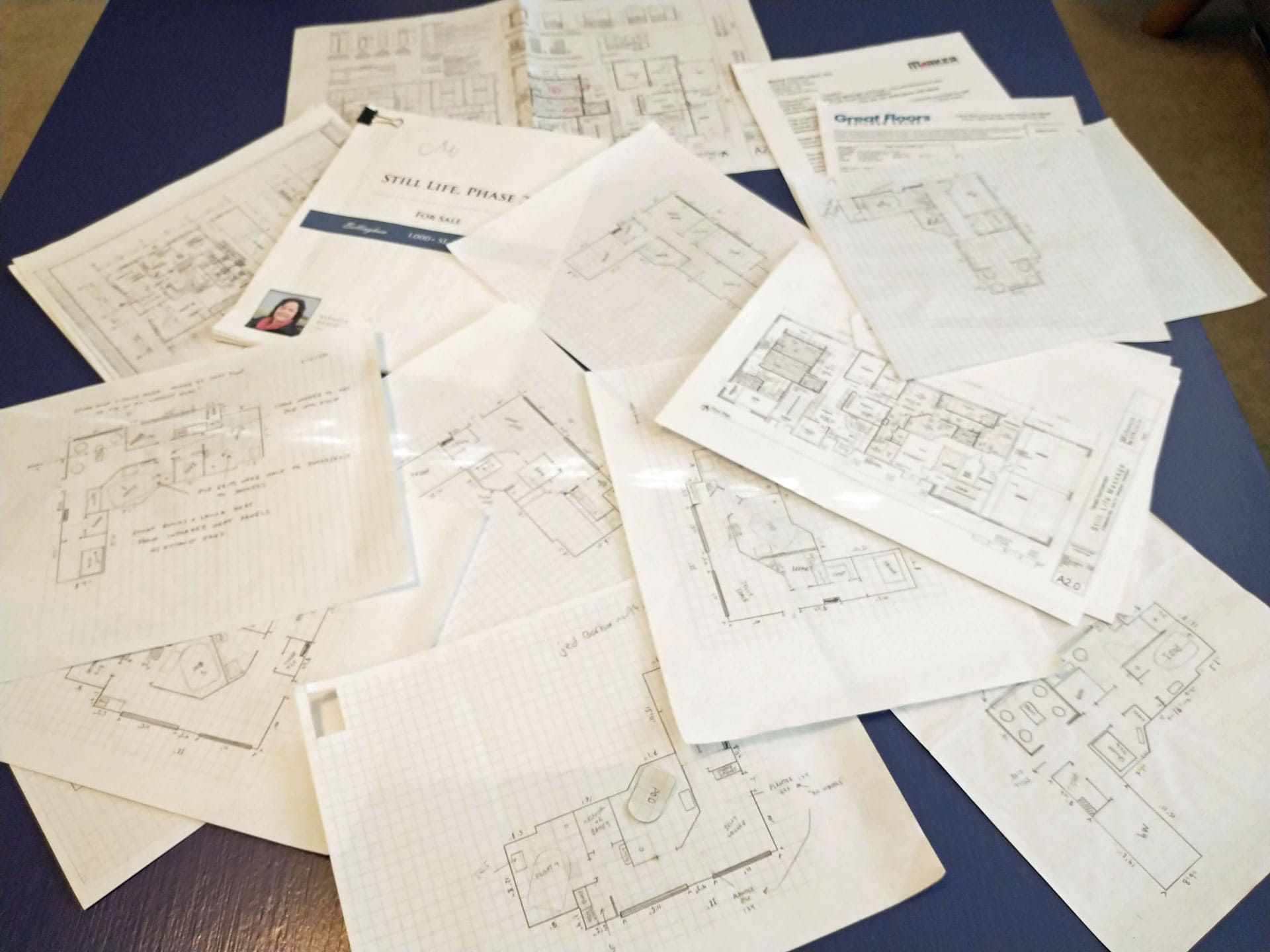What Is Craniosacral Therapy? A Complete Guide to This Gentle Healing Practice
Are you searching for a natural, non-invasive way to support your body's healing process?
Biodynamic Craniosacral Therapy (BCST) might be the answer you've been looking for. This gentle, hands-on practice offers profound healing benefits for people of all ages, from newborns to seniors.
Understanding Biodynamic Craniosacral Therapy
Biodynamic Craniosacral Therapy is a subtle yet powerful healing modality that works with your body's natural wisdom. Unlike traditional massage therapy that uses deep pressure, BCST involves an incredibly light, still touch that listens to your body's rhythms and supports its innate ability to heal.
During a session, you remain fully clothed while lying comfortably on a massage table. Your practitioner uses gentle contact points—often at your feet, head, or sacrum—to tune into the subtle fluctuations of cerebrospinal fluid that surrounds your brain and spinal cord.
How Does Craniosacral Therapy Work?
The magic of BCST lies in its non-manipulative approach. Rather than forcing change, your practitioner acts as a facilitator, creating a safe space for your body to access its own inner resources. Think of it like finding keys to previously locked doors within your system.
The cerebrospinal fluid that bathes and protects your brain and spinal cord carries an innate intelligence and life force. During treatment, your therapist listens deeply to these internal tides, allowing your system to remember its original blueprint of health and make necessary adjustments at its own pace.
What Conditions Can Craniosacral Therapy Help?
BCST encourages balance in your brain and nervous system, which controls all bodily functions. This therapy may be particularly helpful for:
Physical Conditions:
- Chronic pain and tension patterns
- Head injuries and concussions
- TMJ and dental issues
- Recovery from surgery or anesthesia effects
- Tailbone trauma
- Circulatory and organ function imbalances
Emotional and Mental Health:
- Stress, anxiety, and overwhelm
- PTSD and trauma recovery
- Depression and emotional challenges
- Birth and developmental trauma
- Grief and loss
Preventive Care: BCST serves as excellent preventive therapy, helping resolve minor imbalances before they develop into larger health concerns.
What to Expect During Your Craniosacral Therapy Session
Your first session begins with a conversation to establish safety and comfort. Your practitioner will discuss your health history and treatment goals, ensuring you feel completely at ease.
During the session, you may experience:
- Deep relaxation or a meditative state
- Gentle sensations of warmth, softening, or floating
- Memories or insights arising naturally
- A pleasant sense of expansion within your body
- Release of long-held tension
Sessions typically last 60-90 minutes, and many clients describe feeling more at ease, breathing more deeply, and carrying a renewed sense of peace afterward.
The Lasting Benefits of Craniosacral Therapy
The effects of BCST often continue unfolding for days after your session. You might notice improvements in:
- Sleep quality and rest patterns
- Digestion and overall energy levels
- Mood stability and relationship dynamics
- Overall sense of wellbeing and vitality
- Ability to stand straighter and breathe more fully
How Many Sessions Do You Need?
While some people notice significant changes after just one session, most practitioners recommend three to ten sessions for lasting impact. Your individual response depends on your specific goals, symptoms, and how readily your system responds to this gentle therapy.
Many clients choose to receive regular sessions initially, followed by occasional "tune-ups" to maintain their improved health and vitality.
Why Choose Biodynamic Craniosacral Therapy?
Unlike more manipulative approaches, the biodynamic style emphasizes listening, presence, and allowing your body to lead the healing process. This respectful approach honors your innate capacity to heal without requiring you to re-live past trauma.
BCST is safe for almost everyone—from newborns to elders, from those dealing with chronic illness to anyone seeking preventive care. The gentle, non-invasive nature means there are very few contraindications for treatment.
Finding the Right Craniosacral Therapist
When searching for a qualified practitioner, look for someone trained specifically in Biodynamic Craniosacral Therapy. A skilled therapist will have extensive training in anatomy, physiology, and the subtle perceptual skills necessary for this work.
Your practitioner should prioritize creating a safe, comfortable environment and be willing to adjust their approach based on your needs and comfort level throughout the session.
Ready to Experience Craniosacral Therapy?
If you're ready to explore this gentle yet powerful healing modality, consider booking a consultation with a qualified Biodynamic Craniosacral Therapist in your area. Many practitioners offer initial consultations to discuss whether this approach aligns with your health goals.
Remember, BCST provides a safe, subtle, and powerful way to restore balance, release stored stress, and reconnect with your body's natural capacity for health and healing. Your journey toward greater wellbeing could begin with a single, gentle session.
Ready to learn more about holistic healing approaches? Explore our comprehensive guide to massage therapy options or discover the benefits of
float therapy for deep relaxation and recovery.




